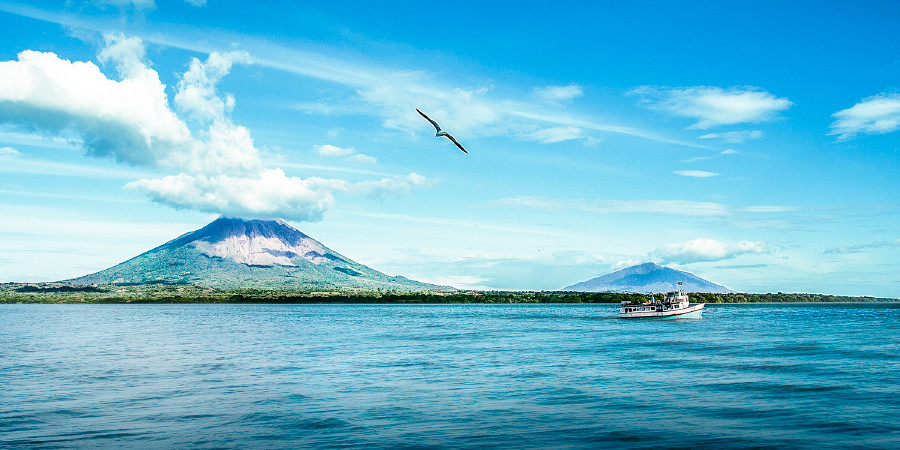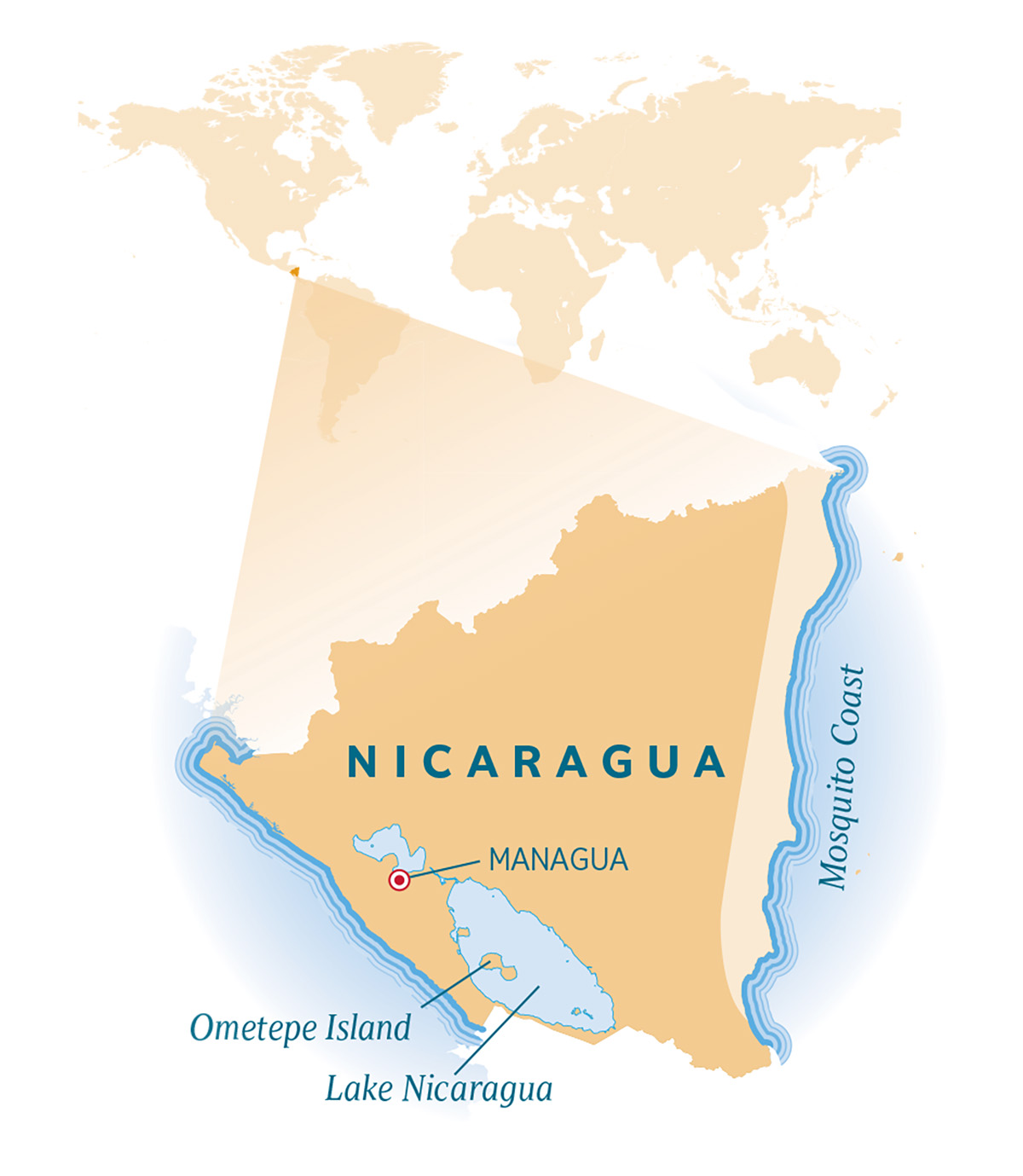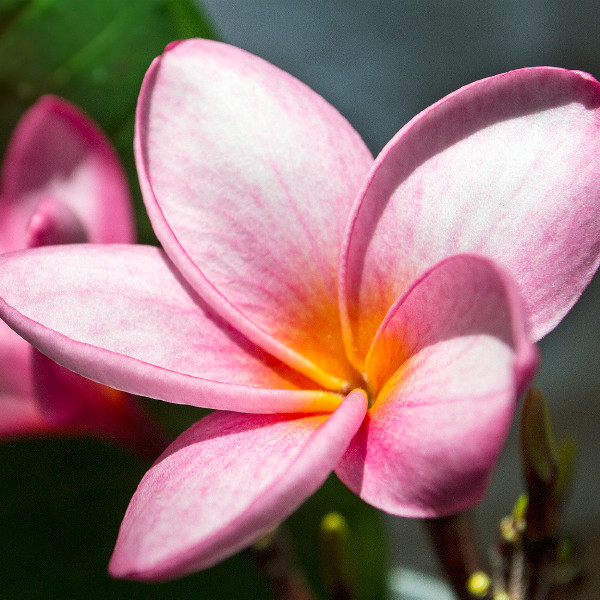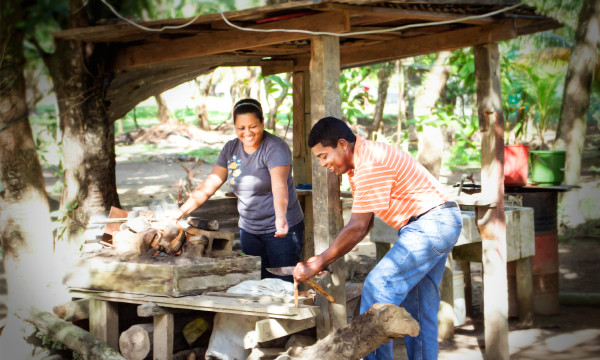The content displayed below is for educational and archival purposes only.
Unless stated otherwise, content is © Watch Tower Bible and Tract Society of Pennsylvania
You may be able to find the original on wol.jw.org

A prominent feature of Lake Nicaragua is the island of Ometepe, a lush landmass with two massive volcano cones joined by an isthmus
LANDS AND PEOPLES
A Visit to Nicaragua

PEOPLE often call Nicaragua the land of lakes and volcanoes. This land boasts the largest lake in Central America—Lake Nicaragua. Indigenous tribes called it Cocibolca, meaning “Sweet Sea.” It has hundreds of islands and is the only freshwater lake with oceanic life such as sharks, swordfish, and tarpon.

The sacuanjoche (frangipani) is the national flower of Nicaragua
Nicaragua also has one of Central America’s most isolated regions—the Mosquito Coast. This is a 40-mile-wide (65 km) band that runs along most of the eastern shoreline and into neighboring Honduras. The Miskito (alternate spelling for Mosquito) are one of several indigenous groups of people in Nicaragua whose history dates back prior to the arrival of Europeans in the 16th century.
The Miskito have strong social ties and unique customs. For example, the Miskito language has no formal words of address, such as “Mister” or “Miss.” In rural communities, younger people address older ones as “Uncle” or “Aunt,” whether they are relatives or not. An older custom among the Miskito is for a woman to greet close friends or relatives by touching her cheek to the other person’s cheek. Then, the woman who initiated the greeting inhales through her nose.

Indigenous people

Literature about the Bible in Mayangna and Miskito, published by Jehovah’s Witnesses